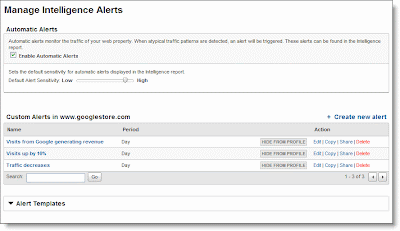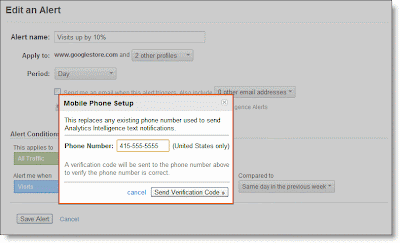This is part 2 of a timely 3 part guest post on mobile analytics strategy and implementation by Feras Alhlou at E-Nor, a Certified Partner in Northern California. Here's part 1, which explained how to look for trends in mobile traffic to your website. Look forward to Part 3, "Act on your ROI", coming soon.
Now that you know where your mobile trends stand (and hopefully it’s positive), make sure to analyze the data carefully. What does the trend signify and where do you want to go with the data?
After your CMO sees this amazing upward trend in mobile traffic (see the graph in the previous post), he will probably send the report to the CEO. The important question here is, can you show her the money? Surely, your CEO will be interested in how this trend impacts the company’s bottom line.
Again, check the Vistors->Mobile Devices report. This time, choose the Pie Graph version of the report to look at. You can pivot the table by Revenue if you are tracking E-Commerce or Goals with a monetary value. The report below graphs the revenue generated by mobile traffic segmented by mobile device.
And if you add up the total revenue from mobile devices, its more than $25k over the date range you're looking at. Let's say that's a week of data. Whatever you're paying to make your website ready for mobile, well, now you know - it's worth it.
If the $25K in revenue didn’t make analytics actionable, nothing else will. Your CEO can now easily connect the dots all the way to the bottom line.
Click to enlarge
Wow - iPad is bringing in the cash. This is highly actionable. You might want to ask yourself: is your site optimized for iPad? Is there a cross-promotional opportunity or coupon you can create with iPad?And if you add up the total revenue from mobile devices, its more than $25k over the date range you're looking at. Let's say that's a week of data. Whatever you're paying to make your website ready for mobile, well, now you know - it's worth it.
If the $25K in revenue didn’t make analytics actionable, nothing else will. Your CEO can now easily connect the dots all the way to the bottom line.







